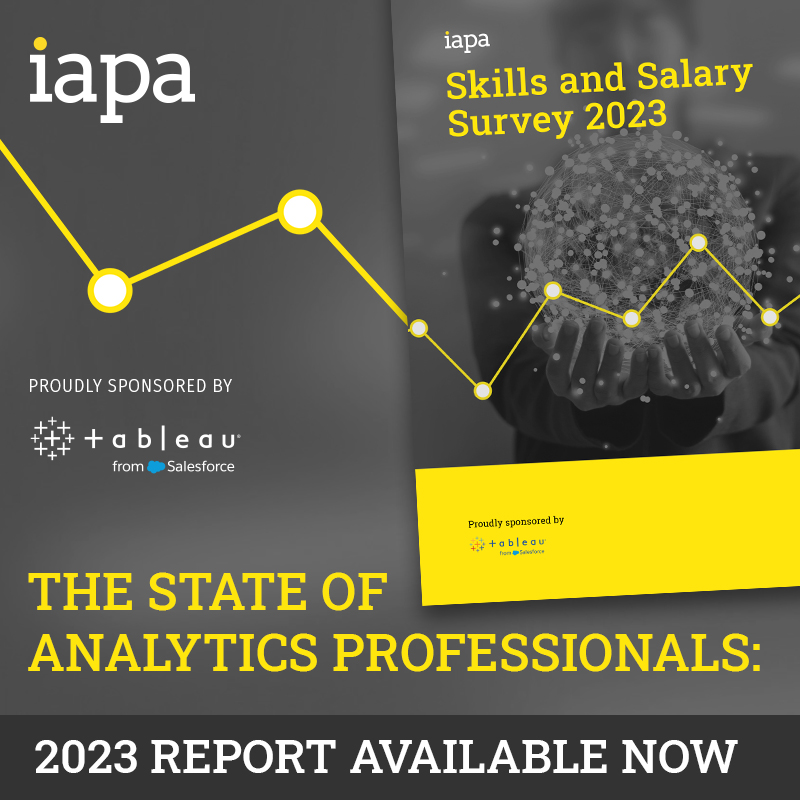Like so many other well-intentioned dating-site users, Miles Hannah admits, he has had the misfortune of falling victim to ‘catfishing’ deceptions more than once – but unlike most, he did what any good entrepreneurial developer would do: quit his job to develop an AI-based startup that he hopes will fix the problem.
“I had been using dating apps like Tinder and Bumble,” he told Information Age, “but they had a lot of shortcomings, especially when it came to scammers and fake profiles on the platforms – and I experienced being catfished myself a few times.
“I really wanted to build more meaningful connections.”
Hannah’s solution is a soon-to-be-launched app called SoulMate Dating, which he has designed to help like-minded people find others looking for long-term, real relationships in a world dominated by “casual” apps that are rife with fraud and deception.
One key design goal was to make the app easy to use, but the other – keeping catfishers off the platform – proved more technologically challenging as Hannah, formerly a systems engineer developing data-mining APIs at a major bank, embarked on a crash course in artificial intelligence (AI) design.
“I learned about AI [at university] a bit, but we didn’t really go into depth,” he explains. “I wanted to find something where I could apply what I had learned – which was why I decided to incorporate AI into this project.”
After “running into a few walls”, he said, last June Hannah brought several more people onto the team – including AI and machine-learning experts that helped develop a bespoke AI engine that will feature heavily when the app, nearly a year in development, goes live within weeks.
“There’s just so much that I thought I knew and I didn’t know,” Hannah says. “I had to learn a lot of things along the way.”
Connecting with AI
SoulMate Dating leans on AI to power a face-scanning technique that ensures the images it captures are taken at the time of registering and are not just photos of someone that have been sourced online.
Registration includes a three-stage face-capture session in which users are asked to rotate their heads in a certain pattern, while making a range of facial expressions.
The more times this data is collected, the more data points that the app’s AI can derive – comparing the movement in the images against the changes that would be expected for each movement.
As the amount of data collected increases, the AI algorithm can ascertain with greater certainty that the captured image is indeed that of the registered user.
Building a machine-learning platform from the ground up is hardly easy, and Hannah said the team spent many months refining its algorithms to balance the app’s accuracy against the need to keep it as user-friendly as possible.
“If you don’t get enough data, you’re not going to be accurate enough,” he explained, “but you don’t want the user to spend too much time in the process or feel like it’s not very user-friendly. Finding the balance of that was one of the most challenging parts of the project.”
By tapping the phone’s built-in face recognition authentication, the app can confirm with certainty that the photos represent the registered owner of the phone – and that differentiator, Hannah hopes, will be enough to help the new platform gain critical mass in an industry that is already teeming with dating apps.
“I really am confident in the user interface and user experience as well,” says Hannah, who is hoping for user numbers in the six figures by the end of the year. “We’ve spent quite a bit of time trying to make sure it’s user friendly, and I think people will find it interesting and easy to use.”
Dating and romance scams can cause much more than wounded pride: isolated during last year’s COVID-19 lockdowns, Australians alone lost a record $37m to romance scammers last year – and have already lost another $11.9m this year, with $1.6m of that coming from connections made over mobile apps.
In the US, romance scams are the crime second most frequently reported to the FBI – with total reported losses increasing by half from 2019 to pass $387m ($US304m) last year.










